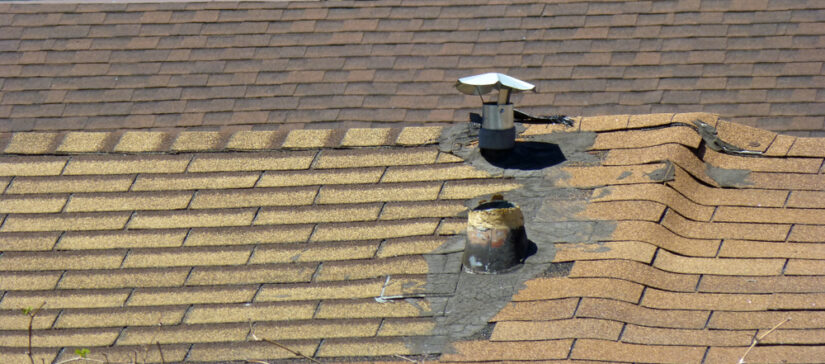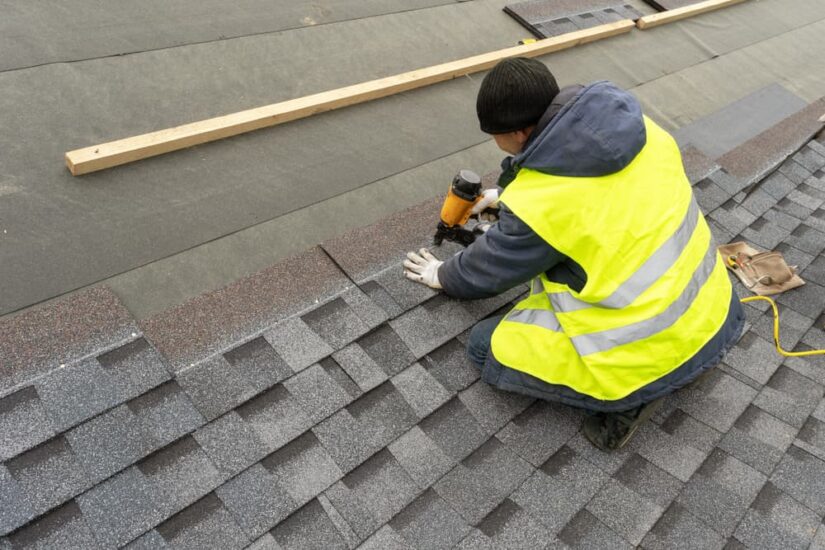What Causes Pipe Boot and Roof Vent Leaks, and How Do You Fix Them Fast?
Pipe boot and roof vent leaks are usually caused by cracks, worn-out seals, or loose fittings around the pipe boot. Exposure to UV rays, weather damage, and poor installation are common factors that lead to these leaks. The most effective way to fix them fast is to inspect for visible damage, reseal any gaps with a flexible roof sealant, and replace deteriorated boots promptly.
If you notice signs like water stains on your ceiling or damaged shingles around vents, these often indicate pipe boot leaks. Using the right tools and materials, you can make quick repairs yourself or hire a professional leaking roof repair contractor in Indianapolis to ensure the leak is properly sealed and prevent further damage.

Understanding Pipe Boot and Roof Vent Leaks
What Are Pipe Boots and Roof Vents?
Pipe boots are flexible flashing seals that wrap around plumbing pipes or vent pipes where they penetrate the roof. Their job is to prevent water from seeping through the gaps between the pipe and the roof surface. Roof vents, including vent pipes and exhaust pipes, allow air and moisture to escape from your home’s plumbing or HVAC system.
Both pipe boots and roof vents stick out above the roof and are exposed to the elements. They must be sealed tightly and maintained, as even small cracks or gaps can let water inside your home. Pipe boots are often made of rubber or plastic, while roof vents can be metal or plastic components.
Common Causes of Leaks
Leaks often start when the pipe boot material deteriorates over time, becoming cracked, brittle, or torn due to sun exposure and weather conditions. Nails or fasteners can loosen, breaking the seal around the boot. Improper installation or using the wrong size of pipe boot also leads to gaps.
Other causes include damaged flashing around the vent, aging or cracked shingles nearby, and clogging that traps water against these components. Heavy rain or ice can worsen leaks if the boot or seal is compromised.
Signs of Pipe Boot or Roof Vent Leaks
You might notice water stains or discoloration on your attic ceiling or walls near plumbing or vent pipes. Damp insulation around roof vents also signals leaks. During heavy rain, dripping sounds or visible water trails on the ceiling are clear signs.
On the roof, you can spot cracks or tears in the rubber boot, rust on metal flashing, or missing sealant around pipe vents. Early detection by climbing on your roof or inspecting your attic helps you fix leaks before they cause structural damage.
Assessment and Inspection for Leaks
Initial Assessment Steps
Start by checking inside your home for signs like water stains, damp spots, or mold near ceilings and walls around vent pipe locations. These often indicate roof vent leaks.
Next, examine your roof from the ground to identify damaged or missing shingles around vent pipes. Pay attention to cracks or gaps in the pipe boot’s rubber or flashing.
Safety is essential—use a sturdy ladder and avoid walking on fragile roofing materials. If unsure, consider hiring a professional for the initial assessment.
Inspection Techniques
- Climb onto the roof and closely inspect the pipe boot and surrounding flashing.
- Look for cracks, splits, or brittle sections in the rubber boot, especially where it wraps around the pipe.
- Check the seal between the vent pipe and the boot. Apply water with a hose to see if leaks appear inside.
- Use a flashlight to spot gaps or holes, and gently probe seals for softness or deterioration.
- Document any damage with photos and notes to guide repairs or replacements.
Identifying Severity of Damage
- Minor damage often includes small cracks or gaps that can be sealed with silicone caulk or waterproof sealant.
- Moderate damage involves torn or badly cracked boots that may require patching or partial replacement of the flashing.
- Severe damage includes large splits, complete boot failure, or rotted roofing around the vent pipe, necessitating full boot replacement or professional repair.
Fast and Effective Leak Repair Methods
Essential Materials and Tools
To repair vent leaks, gather roof sealant, replacement pipe boots, roofing nails, and roofing cement. A putty knife or caulking gun is necessary for applying sealants and roof cement.
You will also need basic tools like a hammer, utility knife, screwdriver, and ladder for access. In some cases, a wire brush helps clean old sealant or debris around the vent area before repair.
Using durable materials such as UV-resistant sealant and quality pipe boots prevents recurring leaks. Jackson Contracting, a residential roofing company in Indianapolis, recommends silicone-based roof sealants for flexibility and long-lasting protection.
Step-by-Step Repair Process
- Start by carefully inspecting the pipe boot and vent for cracks, gaps, or loose flashing. Remove damaged boots or old sealant with a utility knife and clean the area thoroughly.
- Next, position a new pipe boot over the vent pipe, ensuring the base fits under the surrounding shingles. Nail down the boot’s flange securely without overdriving the nails.
- Apply roof cement or flexible sealant around the edges, focusing on gaps and screw or nail holes. Allow the sealant to cure according to the manufacturer’s instructions before exposure to rain.
- Finally, check your work during heavy rain to confirm the repair holds. Jackson Contracting’s method emphasizes thorough cleaning and proper overlap of shingles to avoid water intrusion.
Temporary vs. Permanent Fixes
Temporary fixes like applying additional roof sealant or patching with roofing tape can stop leaks quickly but aren’t durable long-term solutions.
Permanent repairs involve replacing damaged pipe boots, resealing with quality materials, and ensuring correct flashing installation. This approach reduces the chance of recurring leaks and structural damage.
Use temporary fixes only to prevent immediate water damage if you can’t complete a full repair quickly. Schedule a comprehensive repair promptly to avoid more costly issues.

Safety Considerations for Repairs
Always use a sturdy ladder and ensure it’s on level ground before climbing. Wear non-slip footwear and gloves to protect your hands from sharp roofing materials.
Avoid working on wet or windy days to reduce the risk of slipping. If your roof is steep or high, consider hiring a professional to ensure safety.
Keep tools organized and securely placed to prevent falls. If you feel uncertain about your skill level or the roof’s condition, getting expert help is the safest choice.
Maintenance, Durability, and Professional Solutions
Benefits of Hiring a Professional
When you hire a professional for pipe boot and vent repairs, you benefit from expert inspection and precise diagnosis. Professionals identify subtle signs of damage like cracks, UV wear, or improper installation that might escape your notice.
They have access to quality materials and advanced tools, ensuring the repair fits perfectly and lasts longer. Professionals also minimize safety risks associated with roof work and help you avoid costly mistakes.
Routine professional inspections allow small issues to be fixed before they escalate, saving time and money. Hiring a specialist means you receive guarantees on their work, adding a layer of protection for your investment.
Long-Term Durability and Maintenance Tips
Durability starts with selecting the right pipe boot materials, such as high-quality rubber or silicone that resist UV damage and extreme weather. Regularly check your roof, focusing on the pipe boots and vent seals for cracks or shifting.
Look for signs like water stains, shingle wear near pipe boots, or soft spots on the roof deck. Clear debris around vents and boots to maintain proper drainage and prevent water pooling.
Scheduled maintenance every year, especially before rainy seasons, helps detect minor wear. You can extend the lifespan of your roof accessories by avoiding DIY fixes unless you are certain of the correct procedure.
Cost-Effectiveness and Quality Assurance
Investing in quality repairs upfront reduces the risk of expensive water damage later. Timely maintenance extends the life of your roof components, preventing early replacement and saving money over time.
Professional repairs often come with warranties, assuring you of workmanship and material quality. Choosing cheap, low-quality materials or ignoring leaks can lead to costly structural damage.
Consider clarifying the cost versus benefit when selecting repair options. Spending a bit more initially on certified materials and expert labor ensures better sealing and reduces the likelihood of needing a re-roofing contractor in Indianapolis in the future.
